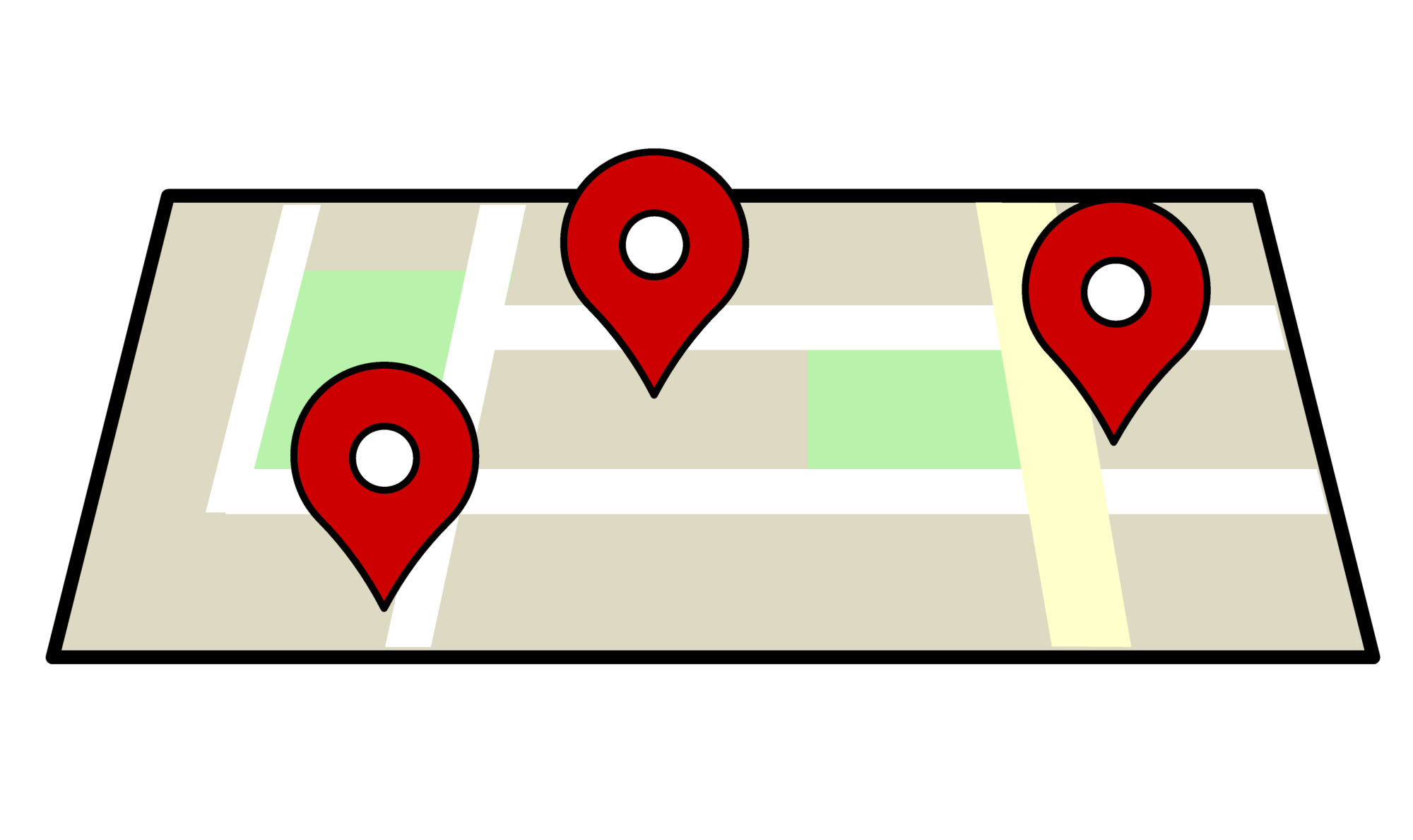GPS is an incredible example of technology that has improved our daily lives. Navigation is astronomically easier because of it, using a system that was completely impossible before the Space Age (which started in the late 50s).
But how does a global positioning system work? Today we intend to give a quick review of the GPS technology and help you better understand the world you live in.
How Does GPS Technology Work?
If one wants to get highly technical, GPS technology is complex. Certain elements of how it works are at least arguably rocket science and use a whole network of satellites. However, understanding the basics is far easier.
Global positioning systems as most people understand them rely on a “constellation” of 31 GPS satellites. These satellites send a signal that system’s designed to utilize GPS pick up. Altogether, this technology allows a GPS system to identify the location of a user within approximately 7.0 meter accuracy, 95% of the time.
This is why a GPS does not work any significant distance underground; some conditions block GPS signals. GPS can also experience issues if brought into certain environments, such as a Faraday cage.
Types of GPS
The GPS satellites utilized by most of our positioning systems were developed and are operated by the United States. However, there are three other satellite constellations that go by different names but work in similar ways.
There is also:
- GLONASS developed and operated by the Russian Federation
- Galileo developed and operated by the European Union
- BeiDou was developed and operated by China
Altogether, the four satellite constellations make up the Global Navigation Satellite Systems (GNSS). These systems are free to use internationally as long as some basic regulations are followed.
It’s also worth noting other large satellite constellations for the same or similar purposes are sure to exist in the future.
Testing Navigation Technology
One interesting element of the satellite navigation technology is that it can be difficult to test. Due to the nature and movements of satellites, it can be difficult to run a controlled trial on these systems.
It isn’t impossible that a company might design satellite navigation technology using real-world conditions. However, it can reduce test precision or increase a product’s release timeline.
Consider a fleet management system. If cannot work more or less perfectly, inaccurate data may be generated. Vehicles in such a fleet might be misled or even cause accidents if the data received is not precise.
A GNSS simulator allows for testing navigation technology in a controlled environment. This technology mimics real satellite constellation signals, without any risk of situations that may interfere with a test.
The technology is also flexible. It allows one to adjust simulated conditions, check various data points, and more.
Learn About GPS Technology
GPS technology is an amazing piece of modern engineering. While even its earliest iterations were impressive, they have only continued to improve and be used in new, interesting ways.
If you have an interest in learning about more technology, visit our Tech page. If you’d like something different, we also encourage you to explore other categories of articles we offer that peak your interest!







